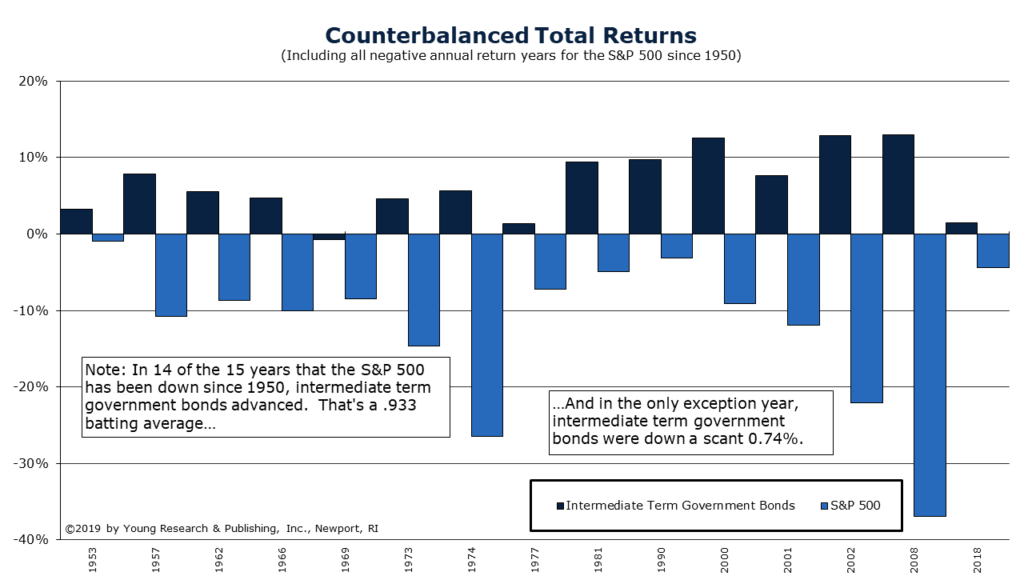Throughout my years in the investment industry, the question most frequently asked by clients is probably “How are we doing?” In June 2015 I explained how I answer that question. I wrote:
How Are We Doing?
Throughout my first 28 years in the investment industry, I worked in the trenches, talking daily with clients and the financial media, as well as speaking at investment seminars around the world. All that changed in 1992, when I decided to move off the front lines and concentrate exclusively on research and writing, and Debbie and I moved to Key West, only 90 miles from Cuba. Hard to believe, but it has now been 23 years since I made that transition.
Concentrating on One Question
Taking stock as I set up to write this month, I decided to concentrate on one of the frequently asked questions from clients over the years. From my memory bank, the ranking #1 question was, how are we doing? Well, “we” most certainly did not include Dick Young, so in actuality what the client wanted to know was how he or she was doing. From day one, I had trouble with this often-asked question, because I was pretty certain the answer I would give would not feel right to me and, in the end, would not be especially helpful to my client. So I muddled along with mixed success.
Pre-Established Goals
Today, with the benefit of decades of hindsight, I have come to recognize that the clear winner would have been to simply decide with clients whether they were comfortable with the way we were meeting the pre-established goals we had worked out together. That meant no more comparing to one or more market indices or the efforts of other business associates. That sounds pretty simple in theory, but in actuality, a different picture emerges.
Buy High, Sell Low
The decided tendency of a vast majority of investors is to greatly understate sensitivity to risk. Most investors work off a “buy high, sell low,” emotionally charged template that is a bear to dismiss. The concept of patience is anathema to most. For many, action is the partner of success—when in fact history proves this not to be true. Sadly, the final nail in the coffin of goal construction is the total inability of most investors to embrace the two most important words in successful retirement account investing: compound interest.
OK then, a number of hurdles must be conquered before a suitable goal-oriented plan can be put in place. It is clear from my above menu that the subject of risk sensitivity must be addressed first, followed by some homework on portfolio activity, patience, and compound interest. Once satisfactory common ground is achieved, it is time to determine targeted returns.
The answer to the question “How are we doing?” is dependent on your performance relative to how you planned to do. Planning is the hardest part of investing. If you need help creating an investment plan for your portfolio, fill out the form below. You’ll be contacted by a seasoned professional from my family run investment counsel firm. They will guide you through a no obligation review of your portfolio, the first step in building an investment plan that is right for you. If you would like more information, visit www.younginvestments.com.
